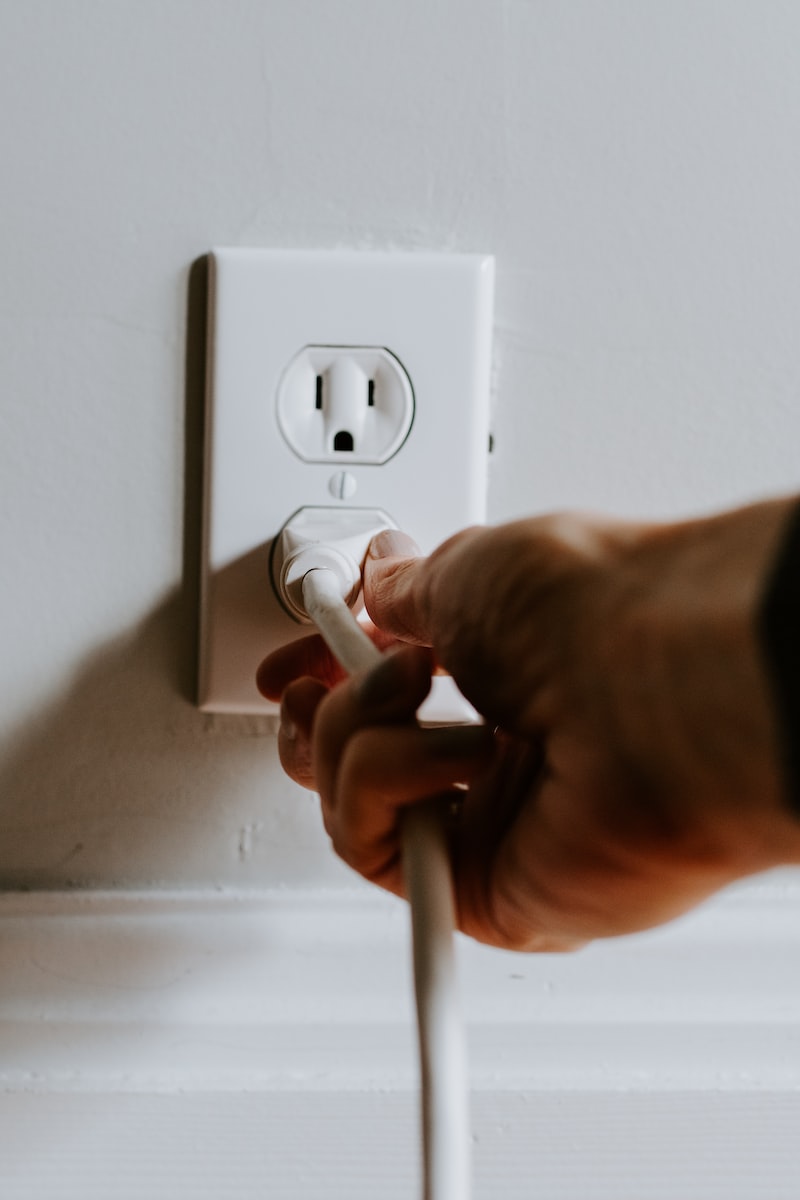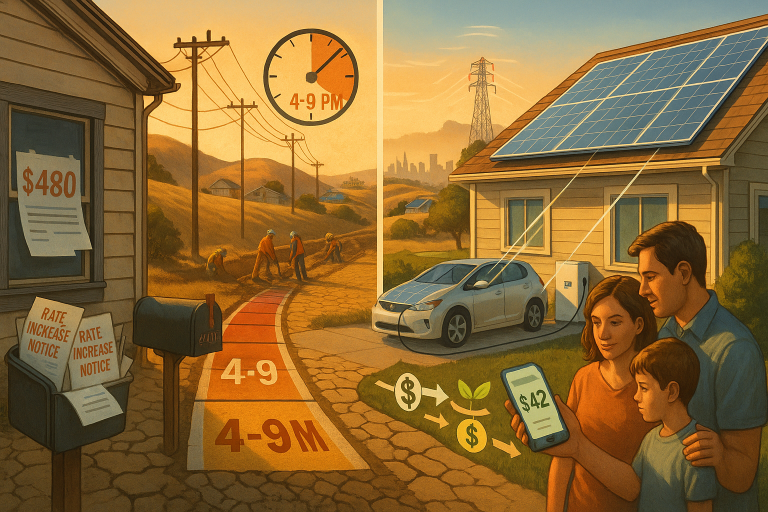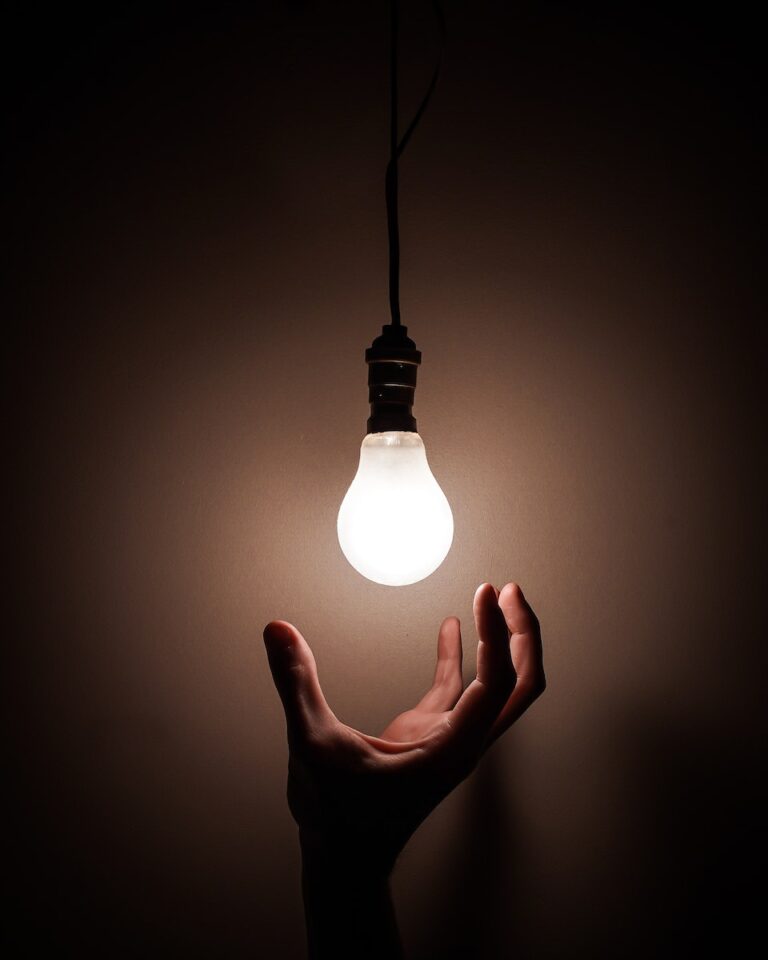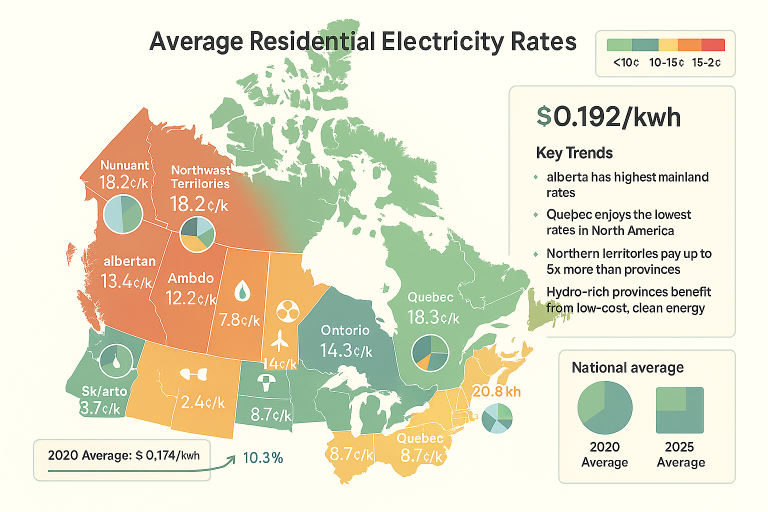Understanding Your Monthly Utility Bill: Charges Explained.
Are you confused about the charges on your monthly utility bill? Don’t worry, you’re not alone. Energy usage fees, taxes and surcharges, and delivery charges can be difficult to understand. In this article, we’ll walk you through each of these charges and provide tips on how to keep your utility bill under control.
Energy Usage Fees: What Are They and How to Calculate Them
Energy usage fees are the most straightforward charge on your bill. This charge is based on the amount of energy you consume in kilowatt-hours (kWh). The rate you pay for this energy will vary depending on your location and energy provider. It is usually listed as a cents-per-kWh fee. To calculate your energy usage fees, simply multiply the number of kilowatt hours you used by the rate. For instance, if you used 100-kilowatt hours and your rate is 10 cents per kilowatt hour, your energy usage fee would be $10.
Taxes and Surcharges: What They Mean and How to Understand Them
Taxes and surcharges are additional charges that can make up a significant portion of your bill. Taxes on your utility bill typically include state and local taxes, as well as any franchise fees. Franchise fees are paid to the local government in exchange for the energy company being able to use public land to install and maintain its equipment. On the other hand, surcharges are additional fees that are added to your bill for specific services or programs. Examples of surcharges are renewable energy or energy efficiency programs.
Delivery Charge: What It Is and How It Works
Another charge you might see on your bill is the delivery charge. This fee covers the cost of delivering the energy from the power plant to your home. It includes the cost of maintaining the electrical grid and the cost of reading your meter. This charge is usually a fixed fee, meaning it doesn’t change based on how much energy you use.
How to Keep Your Utility Bill Under Control
Now that you know what each charge on your bill means, let’s talk about how to keep them under control. The easiest way to lower your utility bill is to reduce your energy usage. Simple steps like turning off lights when you leave a room or unplugging electronics when they’re not in use can help. You can also invest in energy-efficient appliances and lighting to reduce your overall energy usage.
In addition, it’s essential to shop around for the best energy rates. Energy rates can vary greatly from one energy provider to the next, so it’s a good idea to compare rates before you choose a provider. You can also sign up for a time-of-use plan, where the rate you pay for energy varies depending on the time of day. This can be a great option if you can use energy during off-peak hours when rates are typically lower.
Lastly, if you have any questions about the charges on your bill, don’t hesitate to reach out to your energy provider. They should be able to provide you with more information and answer any questions you have.
Conclusion
Understanding the charges on your monthly utility bill might seem daunting at first, but with a little bit of knowledge and patience, you can decipher what you’re paying for. Remember to reduce your energy usage, shop around for the best energy rates, and reach out to your energy provider if you have any questions. By taking these steps, you can keep your utility bill under control and ensure that you’re only paying for what you need.







